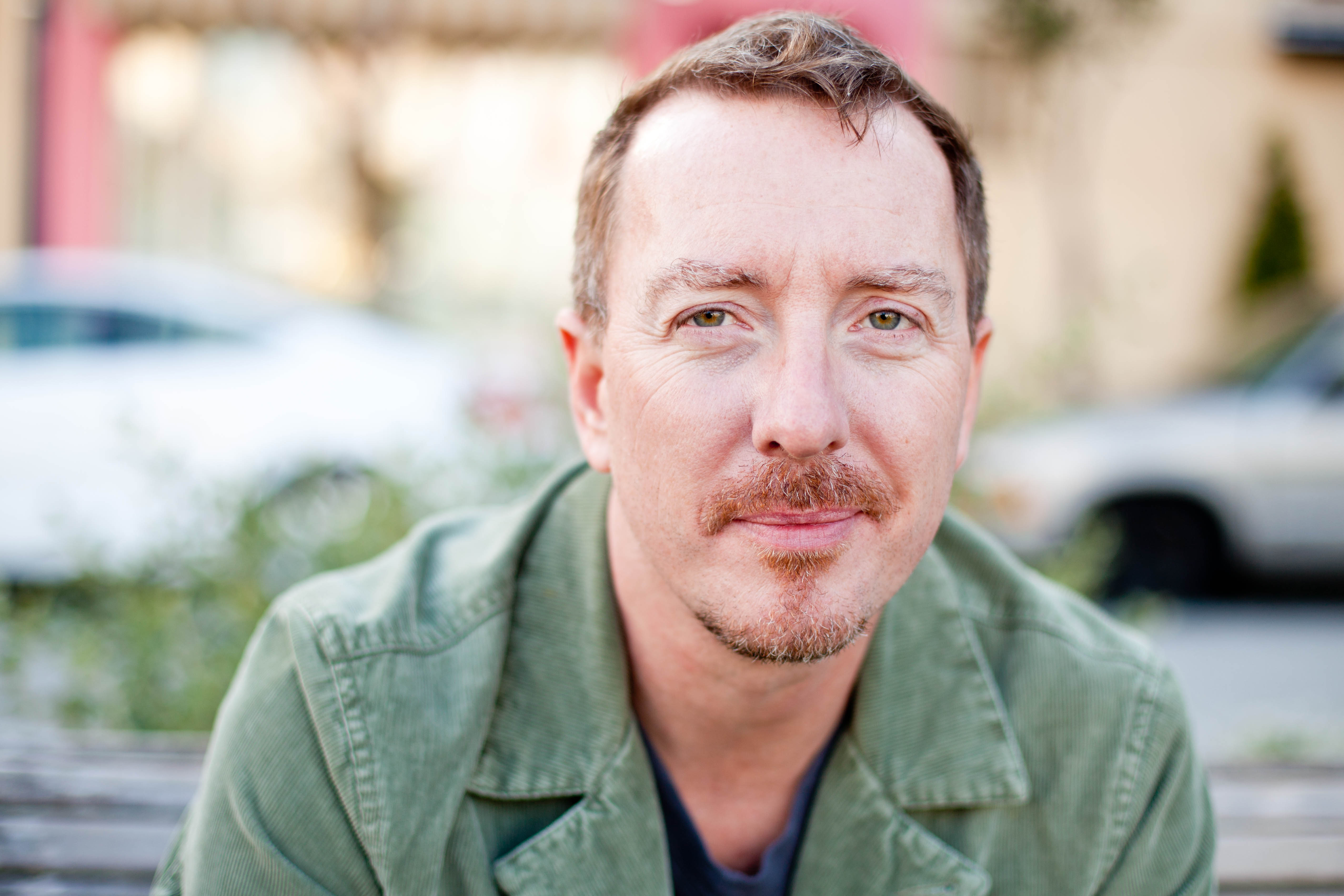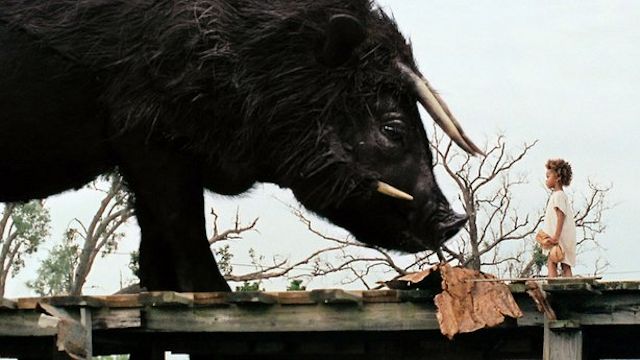Sound Design For Short Videos
Making a movie is a never-ending series of compromises, and nothing is as good as the original concept you had in mind. But if you're really lucky, there's a moment of alchemy that can happen in the editing room when you put the right piece of music or the right sound effect into the cut. Suddenly something magical happens, and the thing comes to life. You forget about the perfect location you couldn't secure and the cold your lead actor had on the day you shot the emotional scene. It stops being a maddening litany of disappointments and becomes a movie.
I learned this in college when I edited my own short film about a philanderer who picks up women in all-night supermarkets. The last scene showed our anti-hero, having struck out again, climbing into his car to go home just as the sun rises on a desolately lonely parking lot. Except his car won't start. And the woman he was chasing takes pity on him and gives him a ride home.
READ MORE: Dolby Family Sound Fellowship Provides First-Ever Grant to Mike Cahill's "I Origins"
On shoot day the lead actor approached me with concern and asked, "How do I make the car not start?" I patted him on the shoulder and told him not to worry and then said the phrase that would become such a joke in my career, "We'll do it in post."
But while editing I couldn't find a satisfactory library sound for a car refusing to start. So I looped my original recording of the car starting perfectly onto 16mm magnetic tape about twenty times. I put the mag in my splicer and cut the film up into lengths varying from one frame to maybe 15. Then I jumbled them all up on my editing table until they were in every chaotic order, some upside down, some backwards. And then I spliced them all back together and strung the Frankenstein's monster onto the flatbed to hear what I had done…
 …and it was amazing. This car was dying a thousand horrible deaths. Our hero was not going anywhere. And that's when I learned what sound can do to help you tell your story.
…and it was amazing. This car was dying a thousand horrible deaths. Our hero was not going anywhere. And that's when I learned what sound can do to help you tell your story.
From 1999-2010 I had an amazing job running Skywalker Sound, during which time our artists racked up an amazing 25 Academy Award nominations for Best Sound and Best Sound Editing and won twice. Now I have an even more fun job: directing the Dolby Institute, Dolby's new education and outreach program to encourage filmmakers and content creators to think about picture and sound creatively in telling their stories.
So I've learned a thing or two about sound in movies since that night I put together my first sound collage.
Here's a few things I tell filmmakers to keep in mind:
Think about sound when you're writing your script.
Sound can be your best friend and the easiest and most cost-effective way for you to communicate. Are you making "Beasts of the Southern Wild" and don't have money to stage the huge hurricane scene? Send your characters into the storm cellar, play the scene on their distraught faces, and let sound do the heavy lifting for you. As Walter Murch said, "Sound comes in the back door," and as such gives you as a storyteller a very sneaky and effective tool to communicate with your audience. In particular, Skywalker's Director of Sound Design Randy Thom has been a passionate advocate of writing with sound in mind. Check out his classic article on the subject here.
READ MORE: The Keys to Music and Sound Design from the Sundance Lab
A good production sound mixer is worth their weight in gold.
The dirty secret of working on tentpole movies at places like Skywalker Sound is that big sound design set pieces with lots of explosions or gunfire can mask a multitude of recording sins. So don't use a low budget as a justification to cut corners on capturing sound in production. Often the most challenging sound work a dialog editor and a sound re-recording mixer will encounter is a scene with two people talking while they're walking down the street. There's nothing to hide behind. Take the time and get good, clean recordings.

Hire your sound editor at the same time as your picture editor.
So many times at Skywalker I would get calls from producers looking to hire us as they locked the director's cut and needed to start sound work. If you wait until the last minute, there's very little you can do in creative collaboration with your sound team.
At the Tribeca Film Festival this year we did a Dolby Institute panel on the intersection of sound design and music in film, and legendary sound designer Skip Lievsay described how he works with the Coen brothers. He has a small team, just a couple of sound editors, and they start on the first day of the picture cut, just down the hall from the picture editorial rooms. As the Coens finish scenes they hand off to Skip and his team who build sound right behind the picture. What a great way to work!
Some producers might think this is more expensive because the sound team will be on for longer. But I guarantee you, in the long-term it's cheaper than waiting until the last minute and hiring a small army of sound editors to blitz the project. And you will ultimately have a better creative product because the sound artists will have time to think and reflect and actually have conversations with the picture editors, sharing ideas for sound moments that will make the film better.
Don't be afraid to approach the sound artists who have worked on your favorite movies.
Even Skywalker Sound has downtime between projects. And there's a good chance that, if your sound design hero loves your project, she might agree to supervise some up-and-coming members of her team in working on your film and cut a sweet deal.
Don't be afraid to embrace technology.
Mike Cahill showed in "I Origins" that the Dolby Atmos format can be a great tool to build an immersive sound world for your audience even on a low-budget independent movie. Use the tools developed by the big guns to your advantage.
…and finally, BE BOLD.
It's the first thing George Lucas said to me when I got hired to run his sound company. And it's the truth.
Launched at the 2013 Sundance Film Festival, the Dolby Institute has the mission to help engage and educate artists and filmmakers on the importance of sound and picture to the overall film experience, and to invite filmmakers and artists to think critically about these tools from the very beginning of the creative process. The institute works directly with filmmakers and artists at leading film festivals, labs, and related events.
Glenn Kiser, the former vice president and general manager of Skywalker Sound, created and now directs the Dolby Institute. You'll find him working at film festivals, universities, and film schools–wherever filmmakers gather. For more information on the Dolby Institute visit their web site.
Sign Up: Stay on top of the latest breaking film and TV news! Sign up for our Email Newsletters here.
Sound Design For Short Videos
Source: https://www.indiewire.com/2014/08/insider-tips-for-creating-the-best-sound-design-for-your-film-23578/
Posted by: trippentsion81.blogspot.com

0 Response to "Sound Design For Short Videos"
Post a Comment